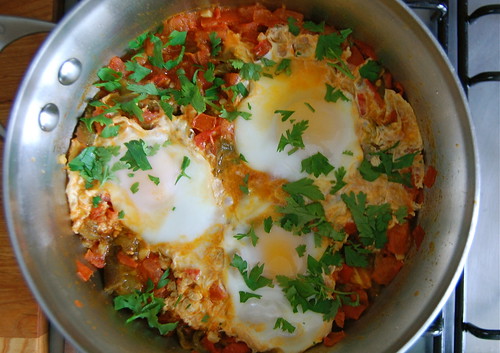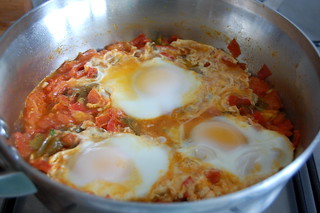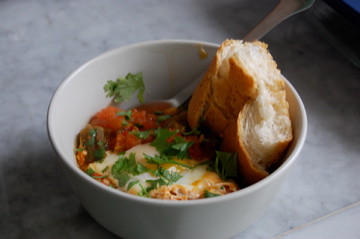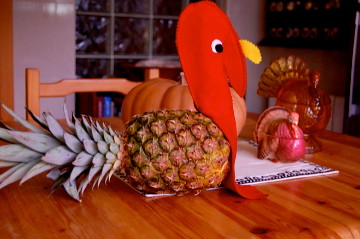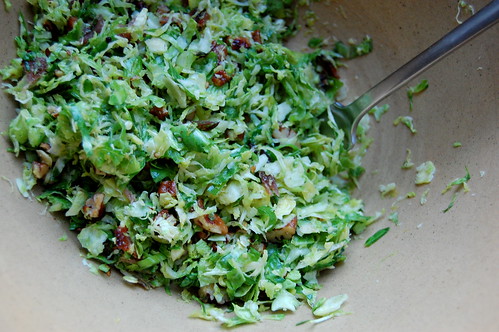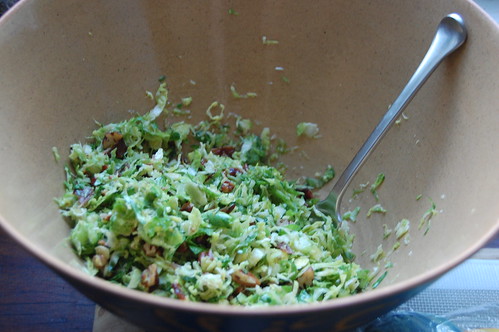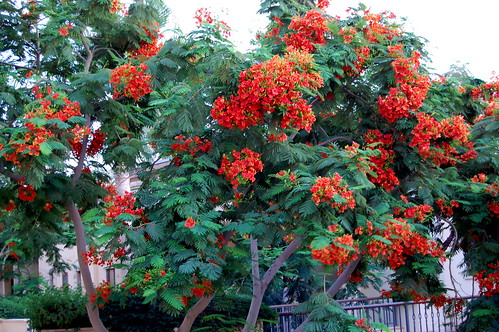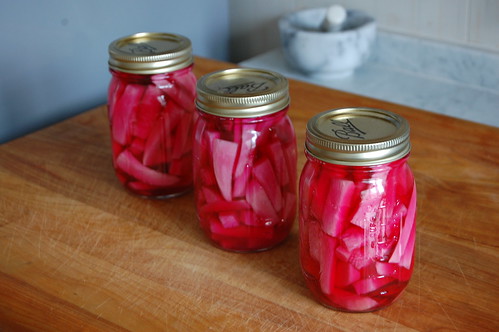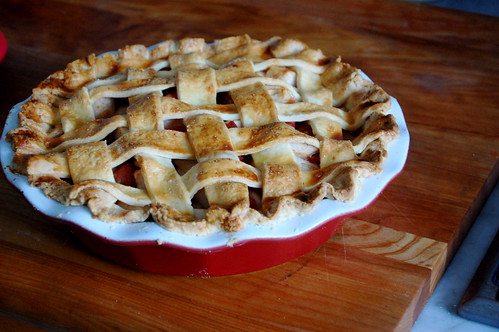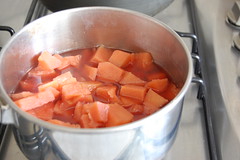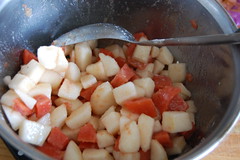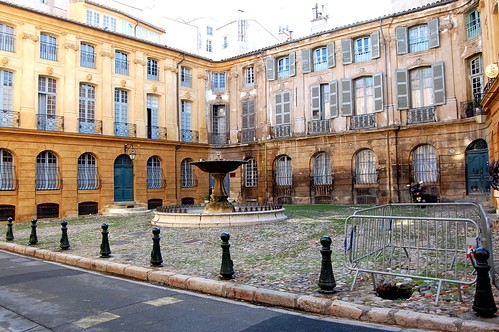
I had not been out of Algiers since early August, and it was so good to walk around in crunchy fall leaves, to see the Christmas markets in Aix-en-Provence, do some shopping and drink wine in cafes. We cooked Thanksgiving dinner in the cutest rental house (centerpiece: a turkey thigh rolled and stuffed with apples, prosciutto, herbs, and rye breadcrumbs) walked a lot, and ventured out into the countryside. We brought home some delicious cheese, lots of mushrooms (a scarcity in Algiers), and some local wine.

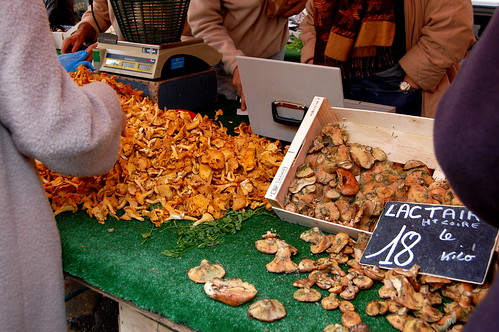
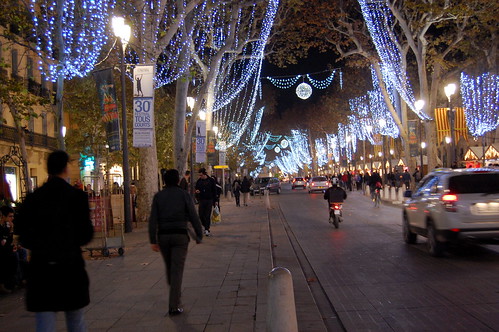
Recommended in Aix:
Mitch
Contemporary cuisine in an elegant small restaurant, the fixed price menus are a good deal, and the service is lovely (they don't mind if dining partners order different numbers of courses, which is refreshing).
Le Zinc de Hugo
In case you didn't get the memo with the guy butchering big hunks of meat and cooking them in the stone fireplace, this place is a meat restaurant. Despite the fact that it's a very casual rustic kind of place, they have an extensive wine list and a great sommelier.
Yogi
Coming form North Africa, we're always looking for a different flavor profile, like Japanse or Mexican food. This place hits the spot.
La Mado
Good atmosphere with generous salads and lots of seafood. Nice for a leisurely lunch.
Ze Bis
Classic French home-cooking. They serve everything out of big cocottes and you can serve yourself as much or as little as you want. They had a fantastic pâté de la maison served with pickled girolle mushrooms that I'm dreaming about recreating. I imagine this might be a bit touristy in the summer, but in the winter it was full of locals.
Bechard's
No list would be complete without this classic patisserie. Paul recommends the Tropezienne and I recommend the caramelized apple tart.
Places we did not get to but were recommended:
Le Formal
Lavault

